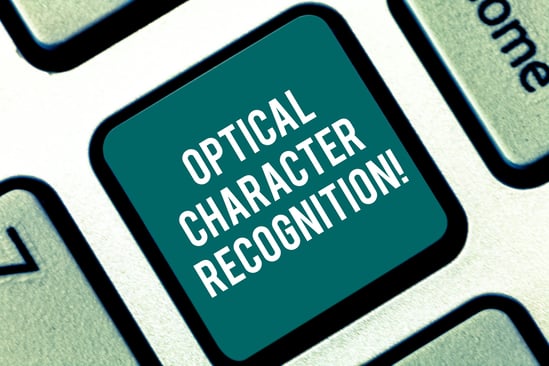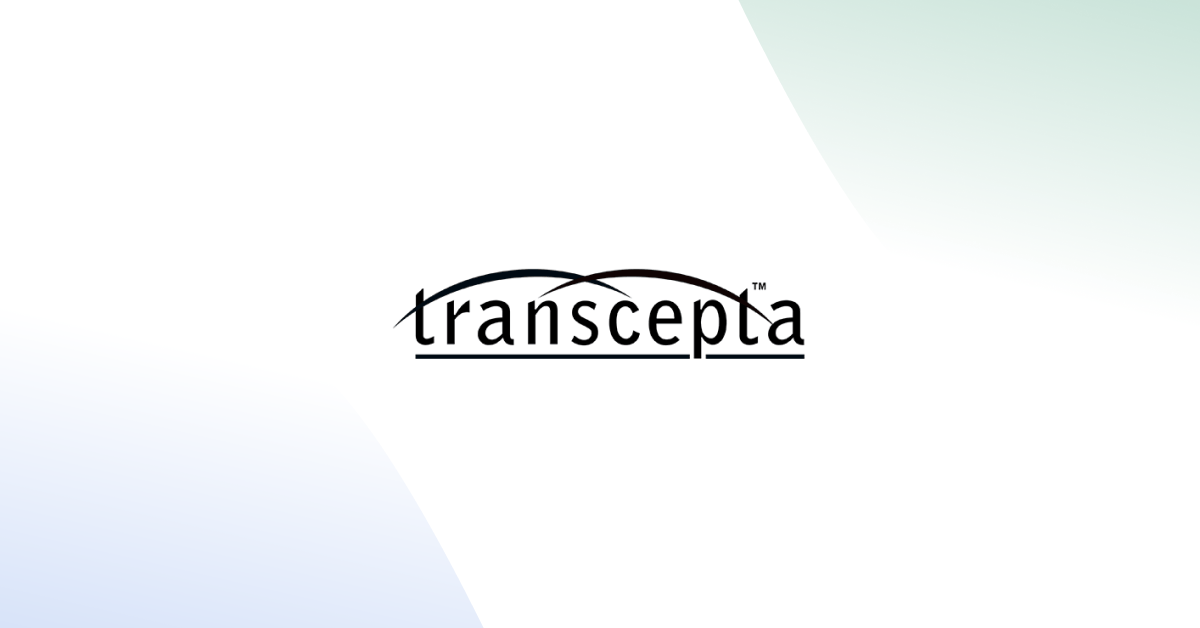
The history of Optical Character Recognition (OCR) dates back more than a century to 1914 when Emanuel Goldberg developed a machine that read characters and converted them into standard telegraph code. Today OCR is used as a software technology that enables users to convert documents such as scanned papers, PDF files, and images into data that can be input into software such as Accounts Payable systems.
Unfortunately, our customers have found that even top ERP solutions that rely on OCR are vastly inaccurate the majority of the time. One large corporation stated that 45% of their OCR invoices were of average readability while 55% were considered to be of poor readability.
Problems with OCR
Although OCR can be a useful tool in specific capacities, it presents several challenges when used for invoicing. OCR may cause certain complications when it comes to automating the invoice process, such as:
- Lack of data accuracy/quality: Although the technology has come a long way since its inception, modern OCR technology still requires human oversight to ensure accuracy. Invoices submitted on paper must be scanned as images and converted into letters and words, but the unclear or smudged text can lead to high error read rates.
- Issues with formatting: OCR technology works best with clearly printed documents without complicated formatting. Furthermore, handwritten documents can be highly inaccurate, making potential costs higher than having humans review manual entries.
- Human review is required: Having to stop and review OCR errors can take away valuable human capital. Systems with particularly high error rates will require direct human intervention, rendering the entire OCR system useless.
- Lack of cost-effectiveness: OCR software, hardware, training, and staffing costs can require a substantial investment. OCR technology may not result in cost savings unless you currently use a paper-based accounting system.
Although OCR had promise in years past, new technology has emerged to help better automate your AP systems.
The Transcepta Solution
One objective of most e-invoicing projects is to remove the paper from the AP department. Automation increases speed, visibility, and efficiency in the Procure-to-Pay process. And for most Suppliers removing paper is defined as emailing PDFs.
Recent surveys have indicated PDF invoicing is the second most popular method for organizations to send invoices, after paper. The problem is that data is embedded directly within the PDF.
If scanning paper invoices generates a PDF, an image will be created instead of a data file. OCR technology used to be the only way to process image PDFs—until today.
Transcepta doesn’t rely on OCR technology, meaning it can help an AP team achieve straight-through AP invoice processing. Transcepta is the only e-invoicing provider that can process emailed PDF invoices as true electronic invoices.
With Transcepta, you can experience true e-invoicing, which is 100% accurate with the highest straight-through processing rates in the industry. Invoices are processed in under 30 minutes from the suppliers’ systems into the customers’ AP systems.
Please see our whitepaper Is PDF Invoicing Really E-Invoicing? below for more information.
Related Posts
- Recorded Webinar: Straight-Through Process Your AP Invoices Into Oracle ERP Cloud
- Machine Learning and AI for Straight-Through AP Invoice Processing
- Why OCR is Not E-Invoicing
- Straight-Through Process Your AP Invoices Into Oracle ERP Cloud With Transcepta
- Is PDF Invoicing Really E-Invoicing? (Download Our White Paper)
- The Pros and Cons of Invoice Capture Tools


